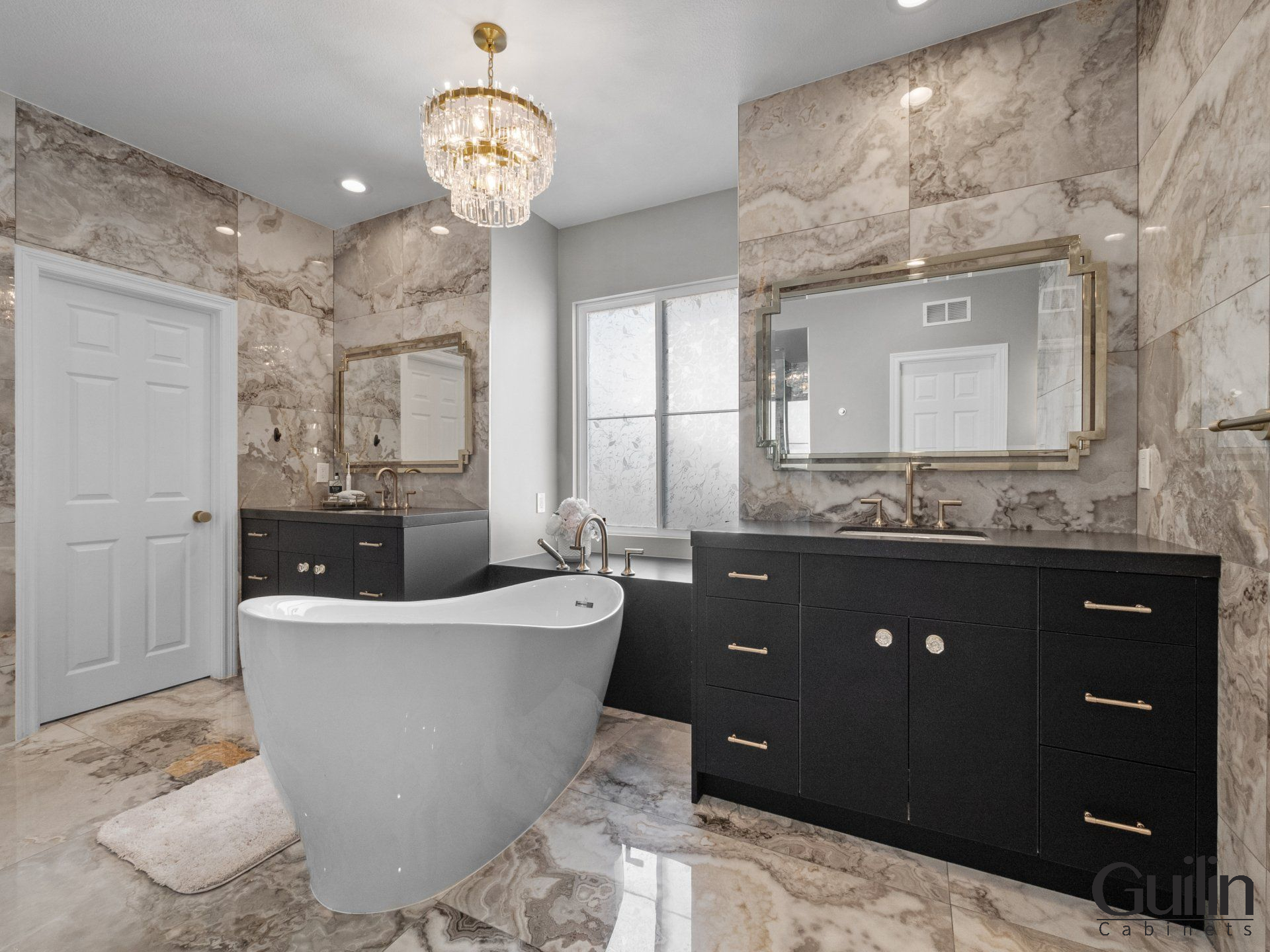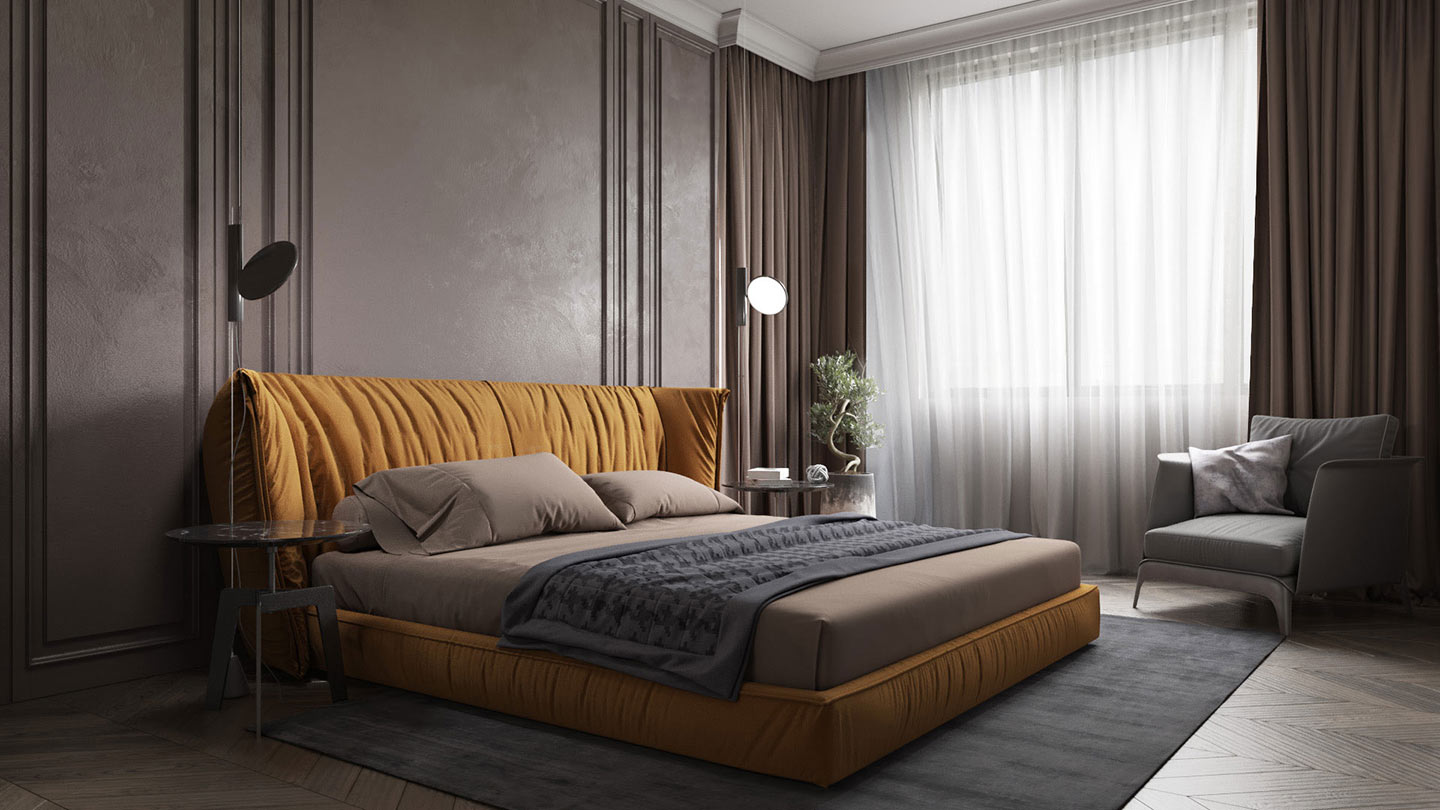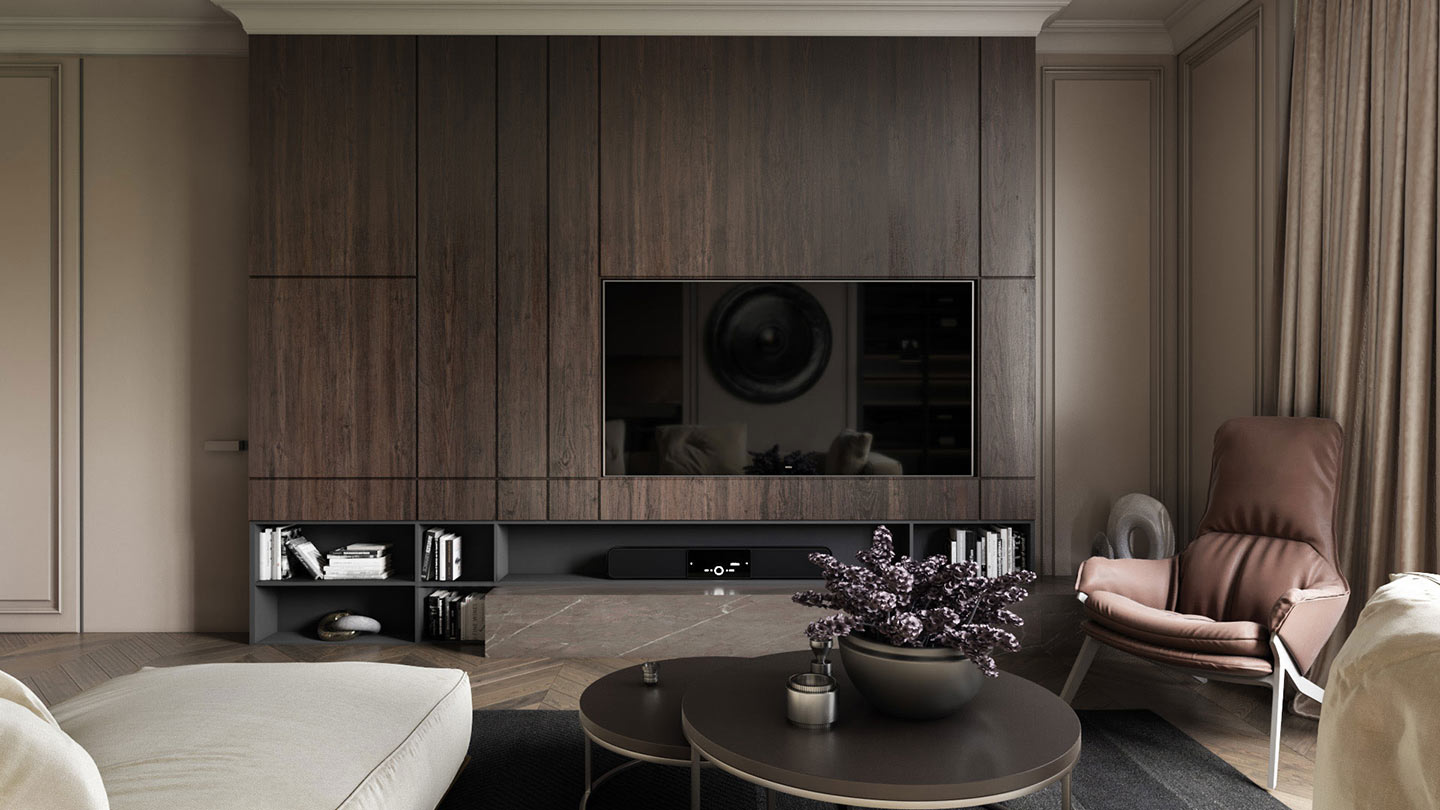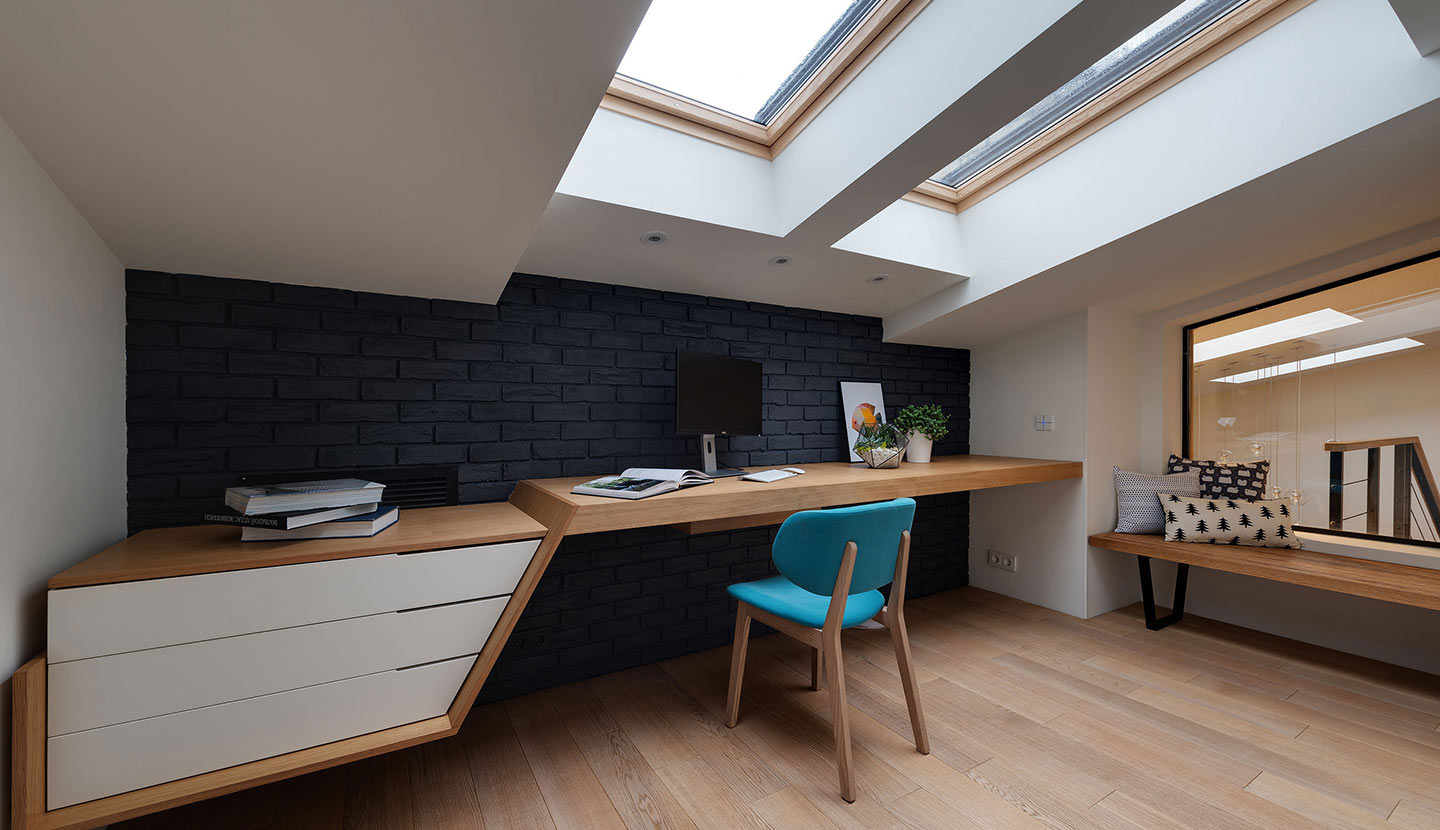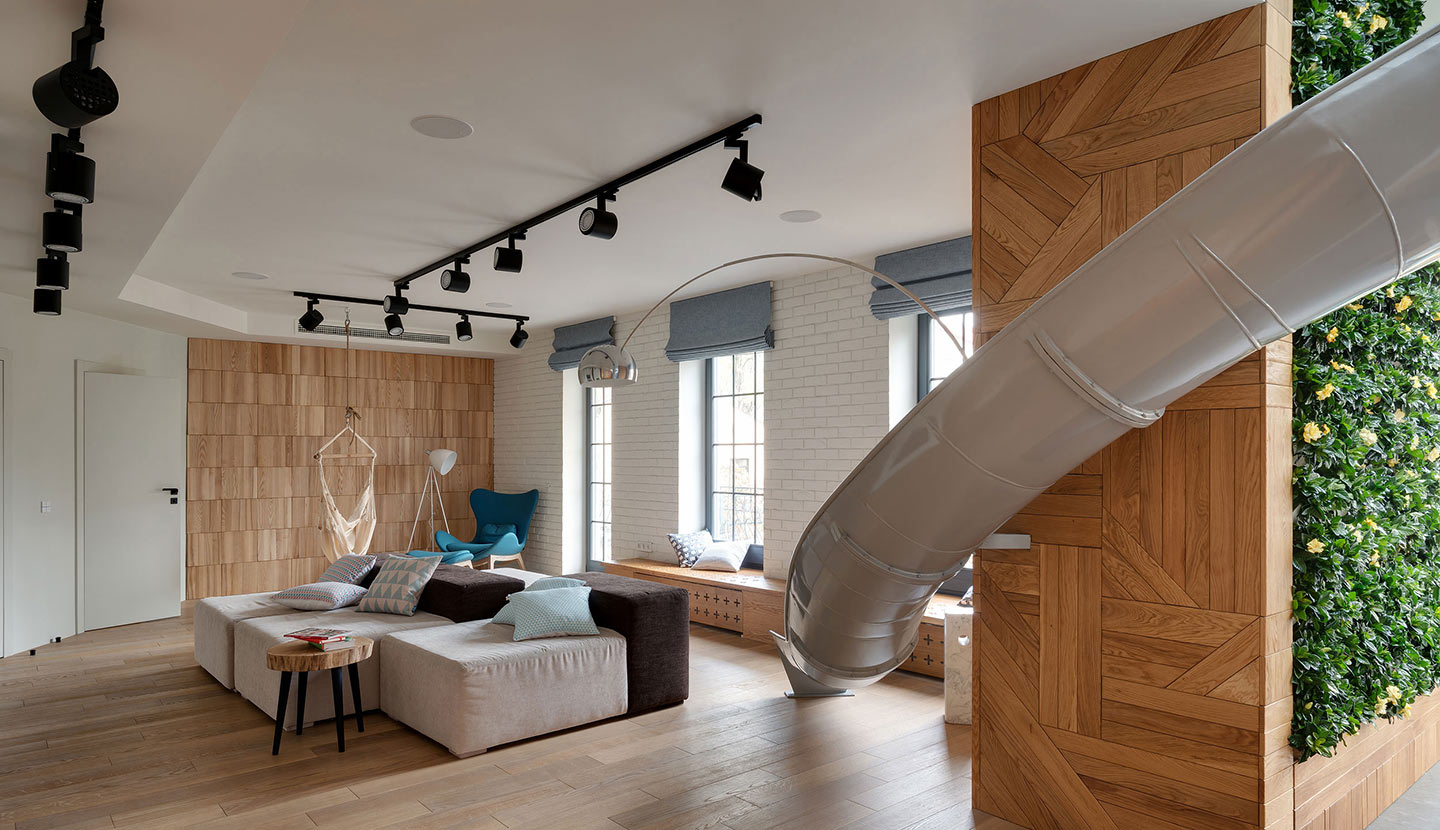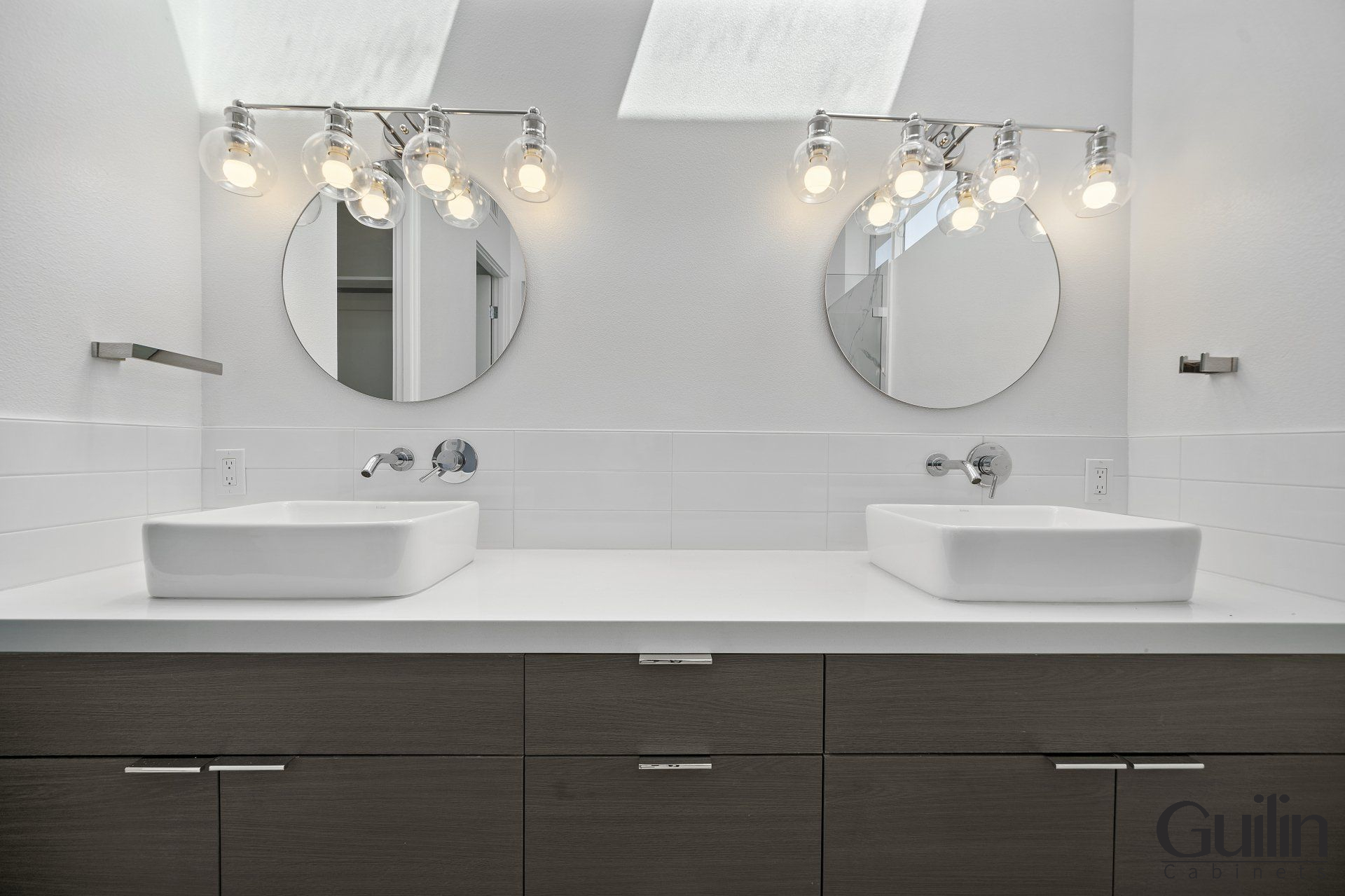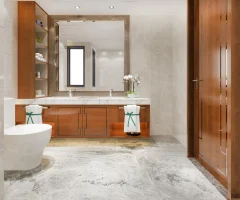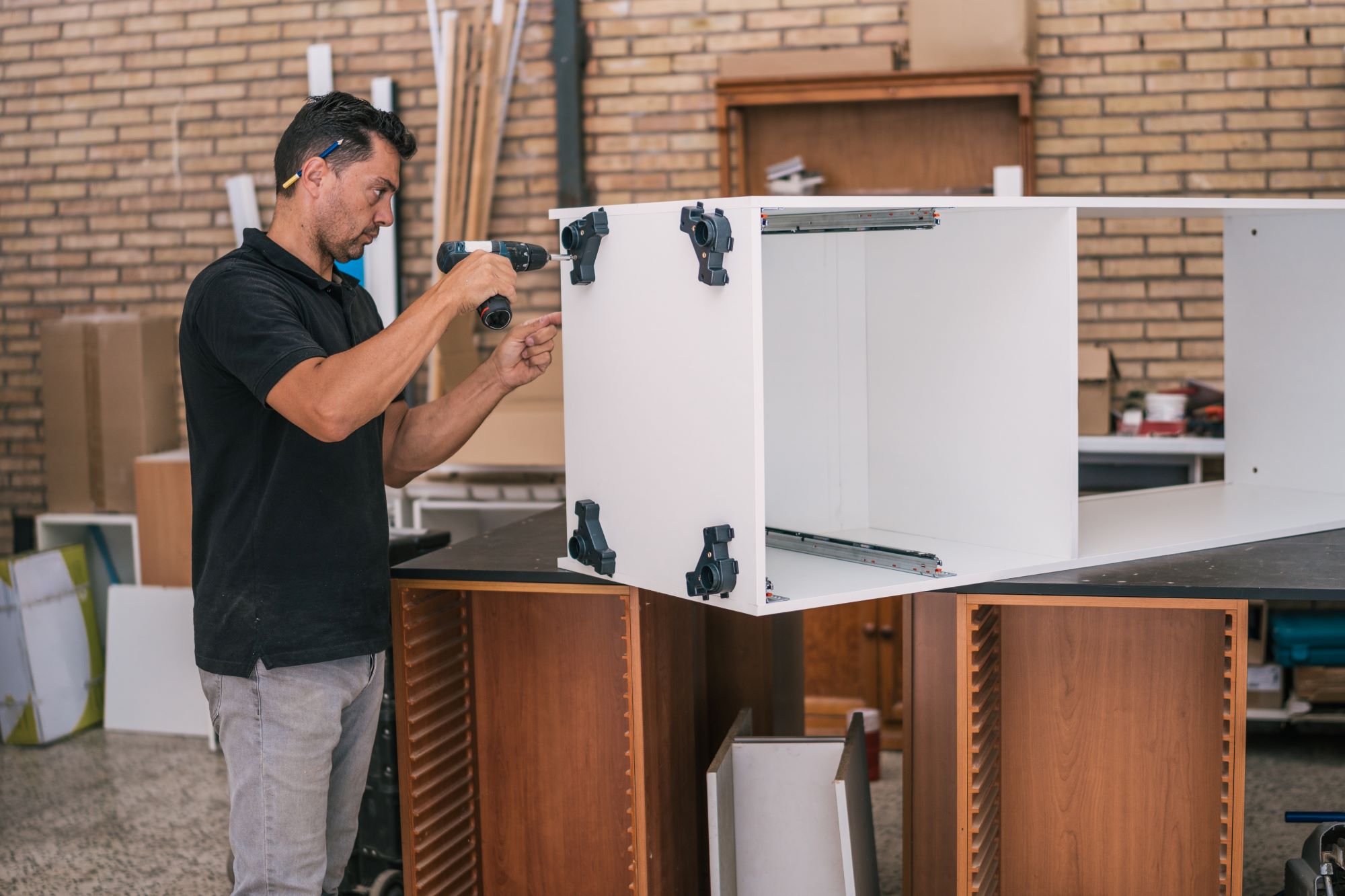It is not uncommon for individuals to ponder whether all bathroom vanities need to be affixed to the wall. The truth is, the answer is not black and white. While many bathroom vanities are designed to be wall-mounted for stability and aesthetic reasons, there are plenty of freestanding options available on the market. Factors such as bathroom size, layout, and personal preference all play a role in determining whether a vanity should be wall-mounted or not.
=> Quick Answer: Almost always, the answer is yes; mounting your vanity on a wall is the way to go. In addition, the vanity’s back should not protrude beyond the wall; in fact, it should be flush with the wall.
Importance of Stability and Safety
The importance of stability and safety cannot be overstated when it comes to bathroom vanities. A securely attached vanity ensures stability and prevents accidents, especially in households with children or elderly individuals. In addition to providing a safe environment, a properly installed vanity contributes to the overall aesthetic of the bathroom, enhancing its visual appeal and functionality.
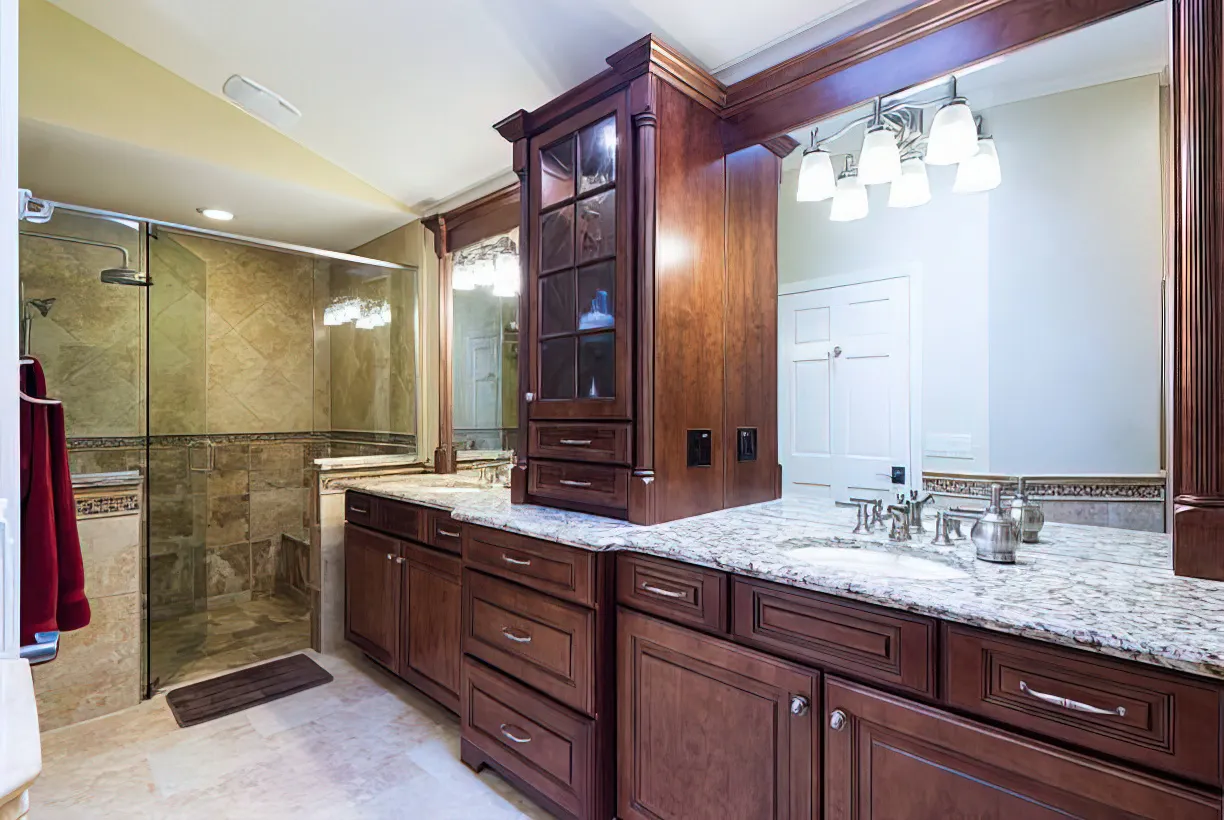
Understanding the importance of stability and safety in bathroom vanities is crucial in ensuring a well-designed and secure bathroom environment. Stability is key in preventing accidents and providing peace of mind for homeowners, especially in households with multiple occupants. Safety measures such as securely attaching vanities to the wall should be prioritized to create a stable and hazard-free bathroom space. This knowledge is essential for homeowners and designers when selecting and installing bathroom vanities.
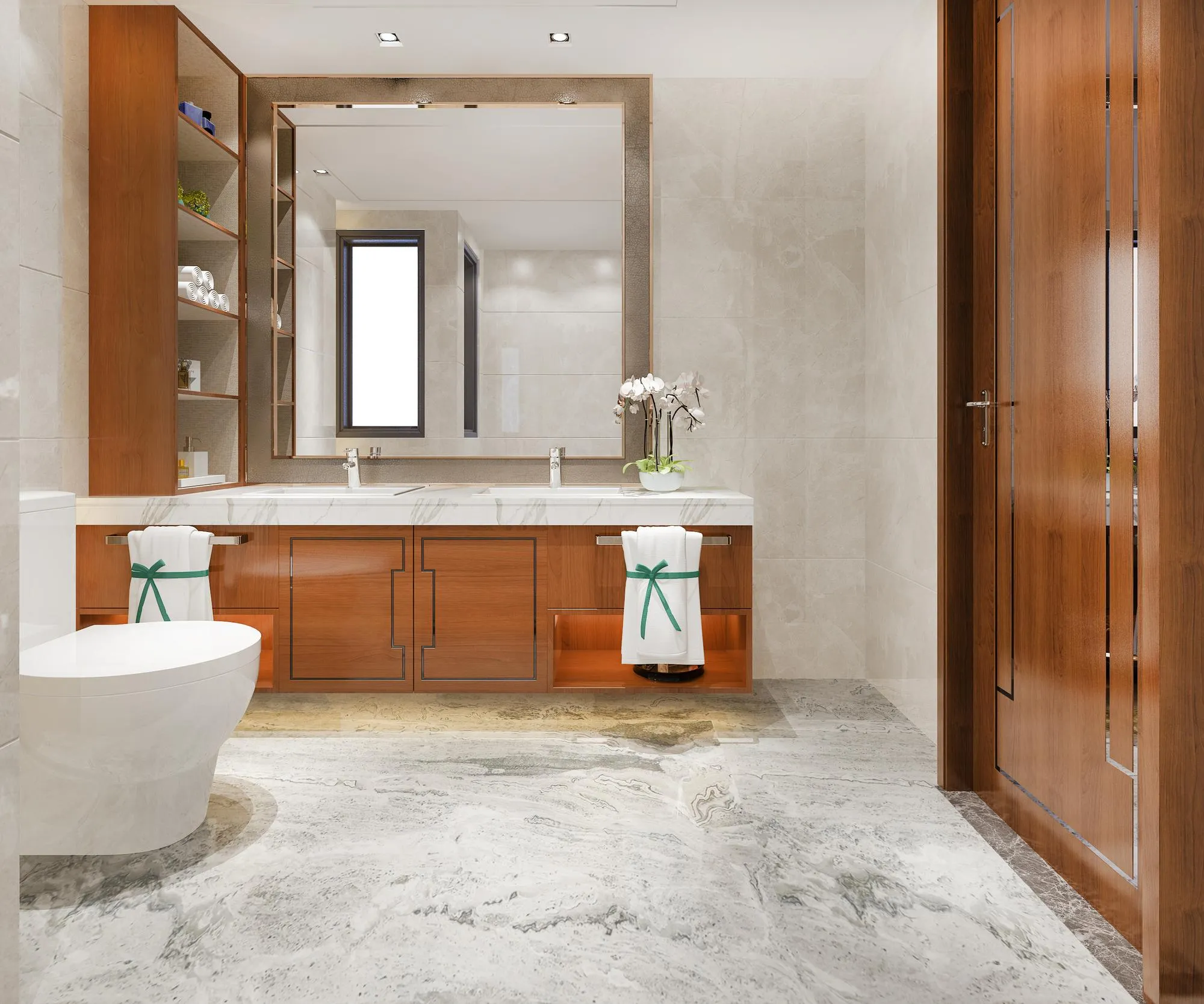
In addition, Your plumbing will be concealed and protected by this. The majority of the time, the plumbing is concealed within the vanity’s cabinet, as it enters the room through the wall beneath the sink. Whether it’s due to the passage of time or an unintentional impact, a freestanding vanity could move. Because of its attachment to the vanity and the plumbing, the sink poses a potential threat to the latter in the event that this occurs. A leak at the joint could be the result of a bent drainpipe or a fixed, non-flexible supply line.
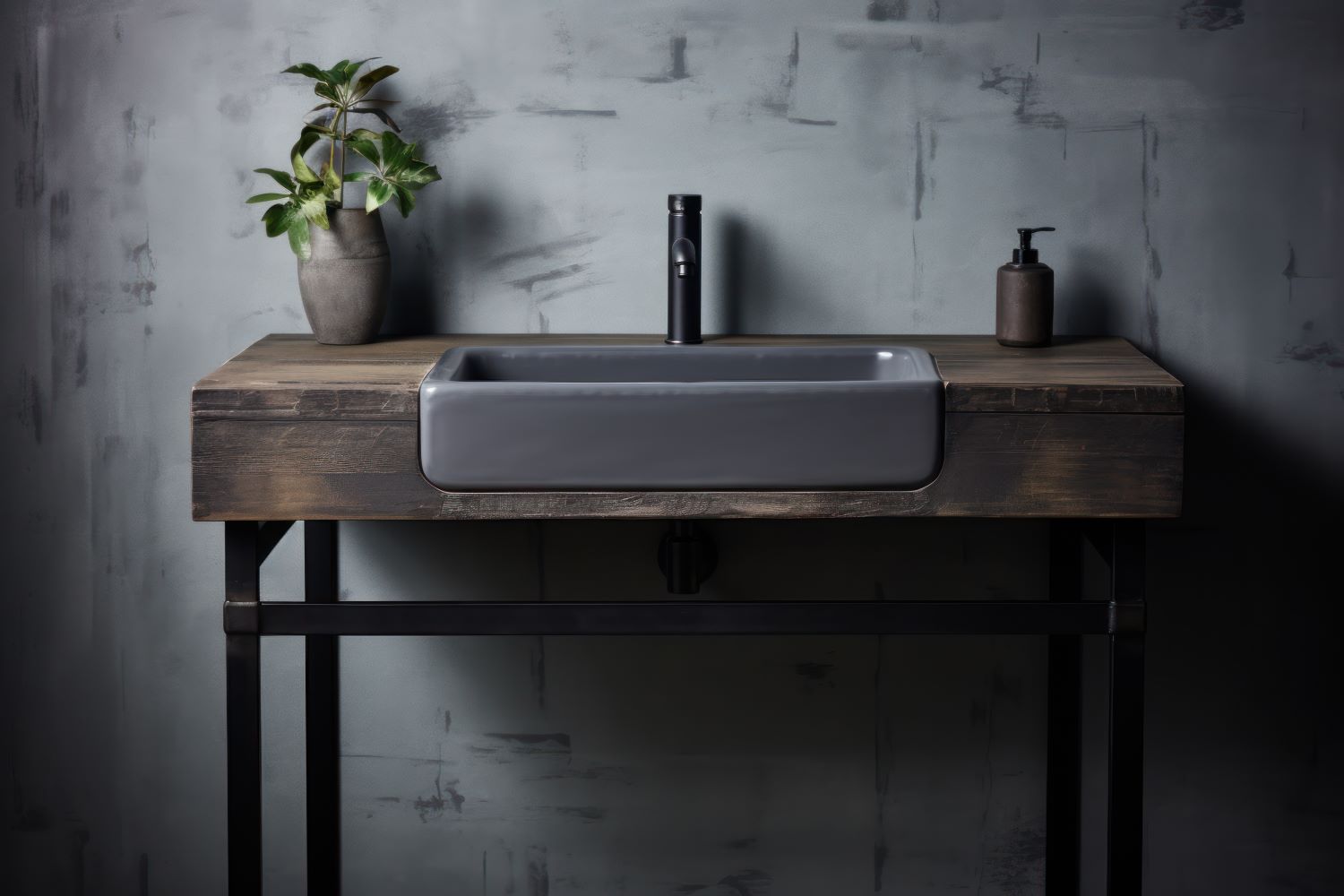
Attachment Methods
The method of attachment for bathroom vanities can vary depending on the type of vanity and the specific requirements of the installation. There are two main categories of attachment methods for bathroom vanities: wall-mounted vanities and freestanding vanities.
Wall-Mounted Vanities
Vanities that are designed to be wall-mounted typically require attachment to the wall for stability and support. This can be achieved through the use of mounting brackets or hardware that is included with the vanity. It is important to ensure that the wall can support the weight of the vanity and that the attachment is secure to prevent any accidents or damage to the wall or the vanity itself.
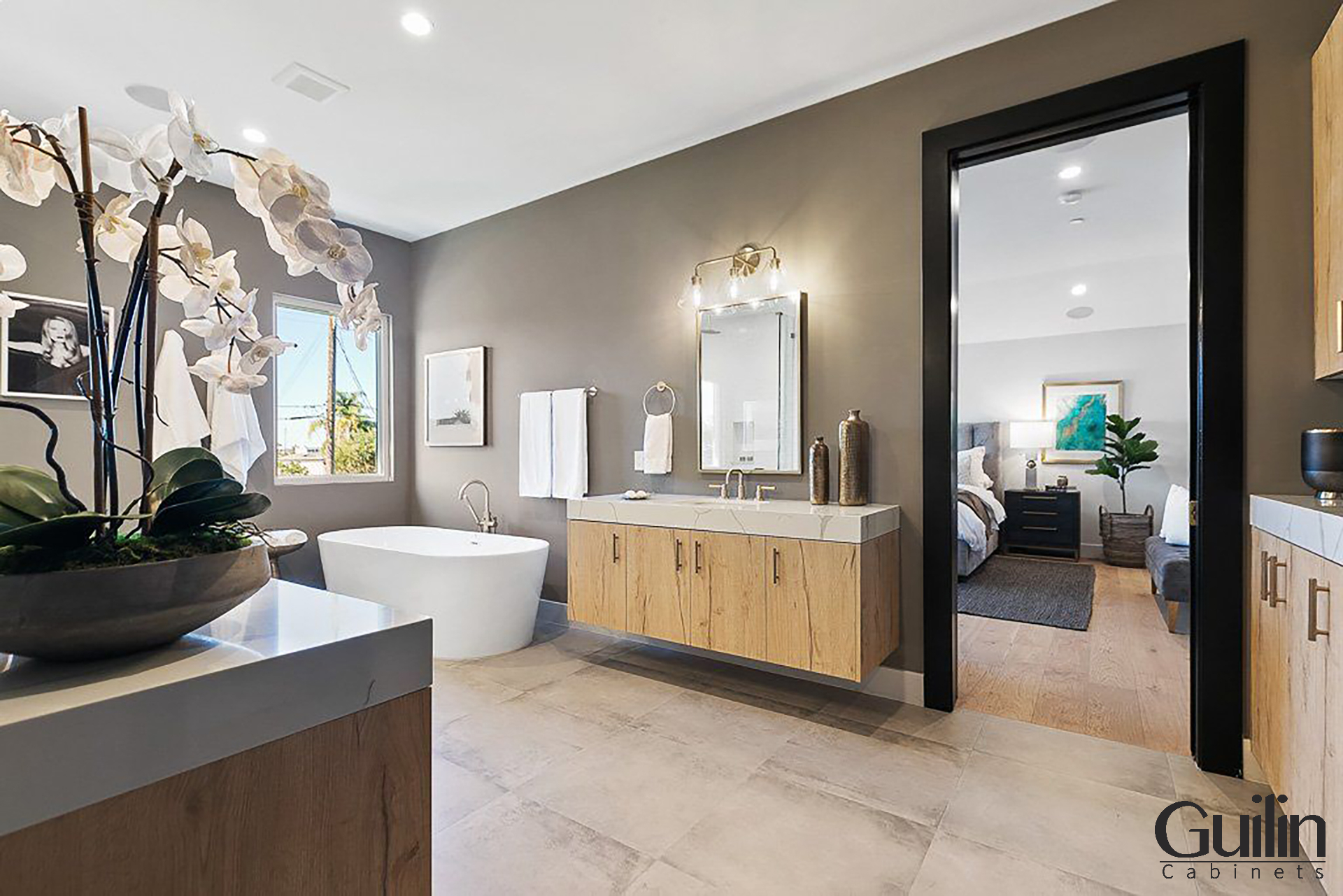
Freestanding Vanities
Freestanding vanities do not necessarily need to be attached to the wall, as they are designed to be self-supporting. However, it is still important to consider the stability of the vanity and its ability to support the weight of the sink and other bathroom fixtures. Some freestanding vanities may have the option to be attached to the wall for added stability, particularly in areas with high traffic or potential for movement.

The Exceptions
The only time this isn’t the case is when the plumbing runs through the floor rather than the wall. Nonetheless, you should still secure it because you will most likely lean the vanity against the wall anyhow. Keeping the plumbing as solid as possible in case the vanity moves is the rationale behind this, once again. But you won’t often see bathroom vanities placed against a wall. Having the vanity as the room’s focal point is extremely unusual and usually reserved for very spacious bathrooms. “Bathroom islands” is the term used to describe these kinds of vanities. Alternatively, contemporary bathroom vanities may be set up against glass shower walls. In none of these cases would you normally attach the vanity to the wall, but they are the only two where it would be an unusual design decision. A better solution would be to secure them to the floor so they can’t move around.
